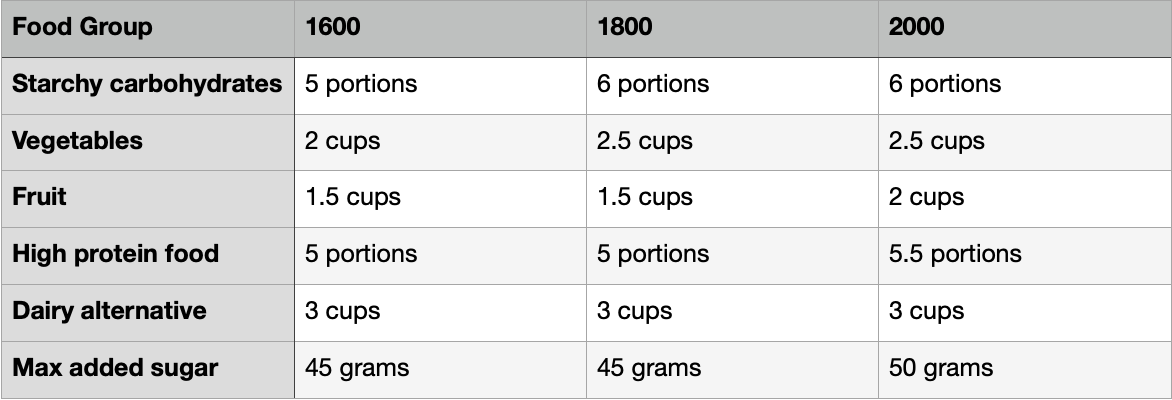Weight Gain and Nutrition for Athletes
There are times when weight gain is desirable or necessary, especially for growing teen athletes. Athletes who want to gain mass and strength to increase their performance have to consume more calories. The first step to healthy weight gain is knowing how much and which types of food to eat based on your body and goals.
The following calculation determines how many calories you need to consume to fuel your body for sport or activity level. This calculation works for teens and adults.
Despite calculating calories, this method does not lead to tracking them. However, tracking calories can be a helpful tool if you’re struggling with over or under-eating, but not a tool for anyone struggling with disordered eating or a tendency to obsess over their weight. (My Fitness Pal is a free app if you choose to track calories.)
THE CALORIE CALCULATION
You’ll need your body weight in kg, height in cm, and age for the following calculations. Pro tip: Google a conversion calculator for easy number crunching. If you’re old school, here are the conversions:
1 lb = 0.453592 kg
1 cm = 0.393701 in
Step 1:
Calculate your BMR (basal metabolic rate) to establish an estimated energy usage baseline that doesn’t include activity level (just living, breathing, and pumping blood).
Females: 10 x weight kg + 6.25 x height cm - 5 x age in years - 161
Males: 10 x weight kg + 6.25 x height cm - 5 x age in years + 5
Step 2:
Determine your PAL (physical activity level) and be honest. If you over or underestimate, your calculation will be incorrect. There is a range. If you’re not sure, start on the low end. You can reevaluate after a few weeks and adjust if you do not see results.
1.4-1.7: Sedentary to light activity
1.7-2: Moderate to active (one hour of exercise daily or working an active job)
2-2.4: Vigorously active lifestyle (training or competing for several hours)
Step 3:
Calculate your TDEE (total daily energy expenditure) by multiplying your BMR and PAL. This number indicates the number of calories you need to fuel your body according to your activity level.
BMR x PAL = TDEE
Sample athlete:
14-year-old male
5’4” (64 in)
125 lbs (56.699 kg)
Trains or practices for one hour per day
BMR: 1517.99
PAL: 1.7
1517.99 (BMR) x 1.7 (PAL) = 2580.58 (TDEE)
Step 4:
Round your TDEE to the nearest 200 calories to determine how many portions of each food group you should eat per day. For our sample athlete, this is 2600.
Cheat code: If this calculation is too mind-blowing, here is an online calculator that will get you a similar number. However, we use the long-form calculation with our nutrition coaching clients. No calculator is perfect. They only offer you a place to begin.
WHAT DO I EAT?
We recommend a plant-based diet. Meta-analyses of nutrition studies, specifically for athletes, have shown positive health and overall performance benefits of eating a plant-based diet. The Plant-Based Power Plan by TJ Waterfall is an excellent book breaking down the studies, benefits, and how to optimize athletic performance with nutrition. Whether you’re a carnivore or a vegan, you’ll want to pack in the plants for optimal health and performance—vegetables, fruit, legumes, whole grains, nuts, and seeds.
HOW MUCH DO I EAT WITHOUT TRACKING CALORIES?
This chart breaks down how many portions of each food group to eat per day based on your TDEE.
*Max added sugar is not a goal to reach but a limit to avoid exceeding.
PLANT-BASED PORTION GUIDE
Quantities = 1 portion
Starchy Carbohydrates:
Cooked Rice - 1/2 cup
Pasta - 1/2 cup
Oats - 1/2 cup
Quinoa - 1/2 cup
Cereal/Granola - 1/2 cup
Bread - 1 slice
Potato - 1 or 1/2c
Vegetables:
Raw/Cooked Vegetables - 1 cup
Leafy Salad Greens - 2 cups
100% Vegetable Juice - 1 cup
Fruit:
Whole Fruit - 1 Medium
Frozen/Canned/Cooked Fruit - 1 cup
Dried Fruit - 1/2 cup
100% Fruit Juice - 1 cup
Dairy Alternatives:
Fortified Oat/Nut/Soy/Hemp Milk - 1 cup
Fortified Soy/Coconut Yogurt - 1 cup
High Protein Foods:
Cooked Beans/Lentils/Chickpeas - 1/2 cup
Tofu/Tempeh - 1/2 cup
Cooked Lentil/Chickpea Pasta - 1/2 cup
Nut/Seed Butter - 2T
Nuts/Seeds - 1/4 cup
Plant-Based Meat - 28g or 1 serving
Plant-Based Protein Shake/Bar - 1 serving
WHAT TO DO NEXT
Keep your portion guide handy. You can create a simple table like the ones above in the notes app on your phone or jot it down in a notebook. We recommend tracking what you eat for a couple of weeks to get the hang of this method and find out if you see results. Ideally, knowing how much to eat of each food group for your body and performance goals will become more intuitive with practice.
If you want to meal plan, you can divide your number of portions by your anticipated number of meals and plug them into a chart like this.
Now that you know how many portions of each food group you want to eat per meal, you can choose specific foods. Here’s an example:
You do not have to meal plan. It takes work, and it’s not for everyone. You can also track and reflect. If, upon review of your log, you’re not eating enough protein, make a greater effort the following day to consume more. If you’re serious about hitting your goals, logging in your notes, a journal or an app is highly recommended.
WHAT IF I DON’T SEE RESULTS?
If you followed this method, tracked your meals, and did not gain weight, it is time to increase your calories and thus your portions. To gain a pound per week, you need to increase your total calorie intake by 3500 or 500 per day. Test drive increased calories and portions for two to four weeks before reassessing.
A NOTE ON PROTEIN
Eating enough calories will result in weight gain, but you need enough protein to build muscle. The protein portion sizes consider this, but you can track grams of protein if you suspect you’re not getting enough. And, yes, you can get enough protein on a plant-based diet. Protein can be found in surprising places— for instance, a slice of whole-grain bread can yield 5g of protein, and a cup of broccoli gets you 4g of protein.
Aim for between 1.2-1.6 g of protein per kg of body mass. For our sample athlete, weighing 56.699 kg, he would need between 68 g and 91 g. Studies show that eating more than 1.6 g of protein per kg of mass is unproductive and will turn to fat. Spread your protein intake throughout the day.
Choosing your protein gram goal:
1.2 - For the general population, including those who exercise recreationally 2-3x/week
1.4-1.6 - For athletes, lower end for endurance and higher for strength.
OPTIMIZING PERFORMANCE BEYOND DIET
Eating enough calories, protein and packing in the plants will improve performance, but there are a few other aspects of lifestyle to consider for maximum results.
Drink water.
Dehydration will hinder your performance by decreasing blood volume, causing cardiovascular strain, and decreased metabolic and nervous system function, impacting aerobic and explosive capacity. Not drinking enough water also puts you at risk of cramping and heat stroke. Drink water and consider using an electrolyte supplement (we love Nuun tablets), especially on rigorous training or game days.
Sleep.
Teenagers are notorious for staying up late. The WHO recommends 8 hours of sleep per night. Not getting enough sleep can increase systemic inflammation and hormones that trigger junk food cravings, increase the risk of injury, hinder muscle synthesis, decrease testosterone, suppress the immune system, and cause mental health issues. Sleeping enough can give you a cognitive edge; improved attention, decision making, reaction times, and memory.
Manage stress.
Too much stress can affect immunity, sleep, and performance and cause systemic inflammation. Positive social relationships with friends and coaches, meditation, goal setting, imagery, and getting enough sleep can help reduce stress.
FINAL THOUGHTS
Don’t hyper-focus on calories or portions. Your calorie requirements will fluctuate each day based on your training schedule and should not be rigid. Allow yourself to eat pleasurably while keeping these guidelines in mind. Consistency will get you results. Feeling restricted will cause counterproductive stress. Eat plenty of plants and protein. Train and play hard. Have fun.




